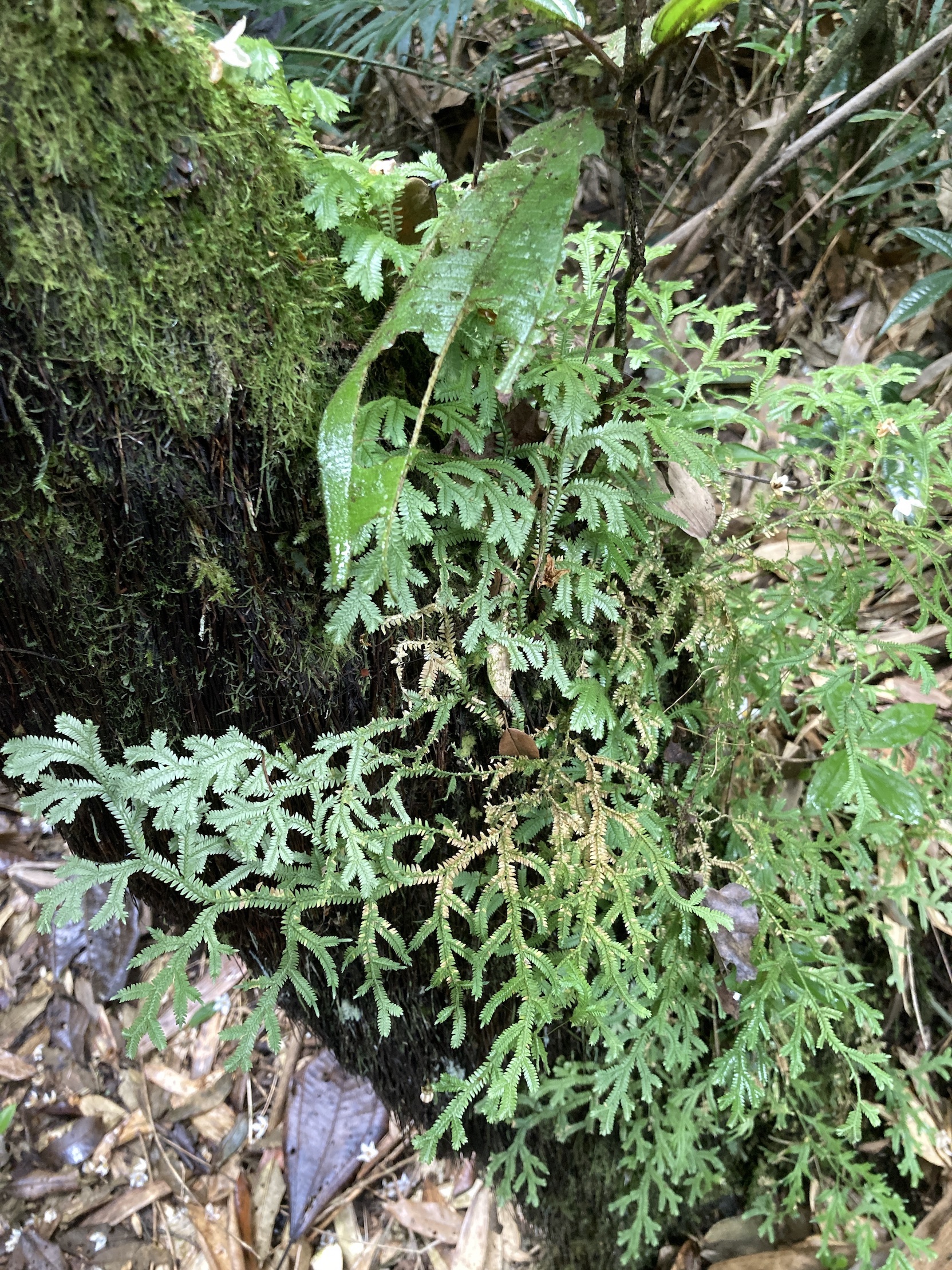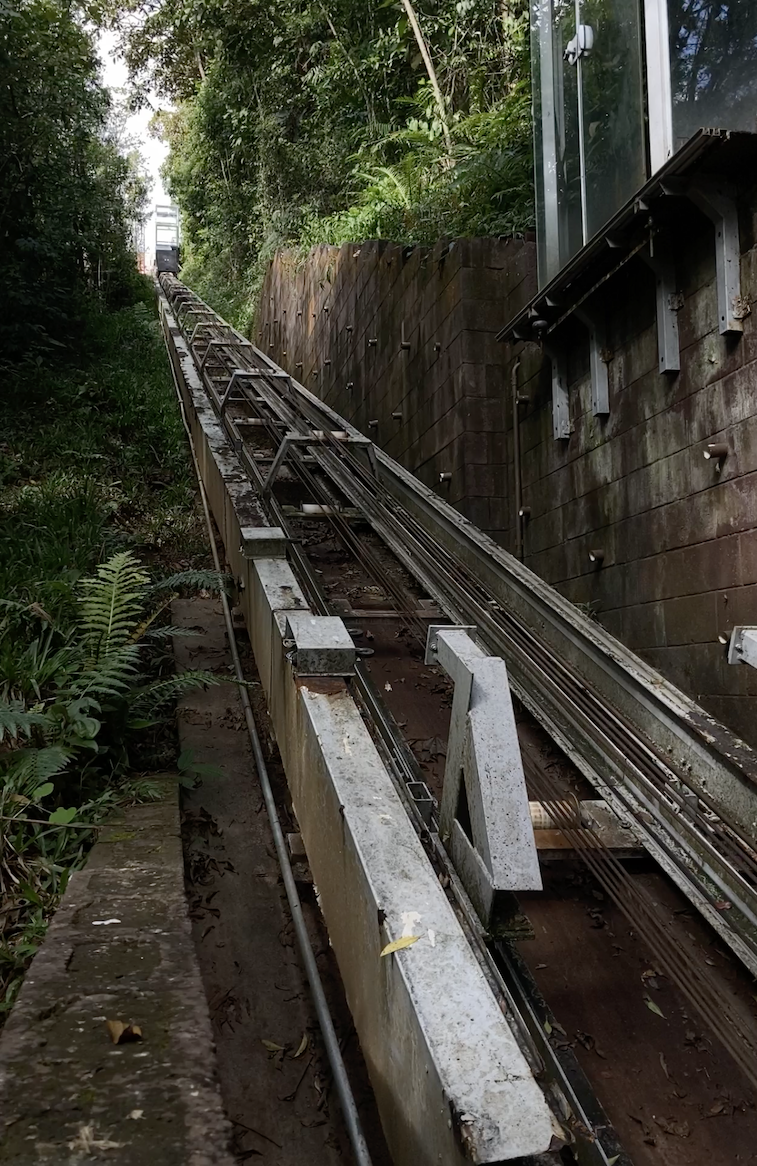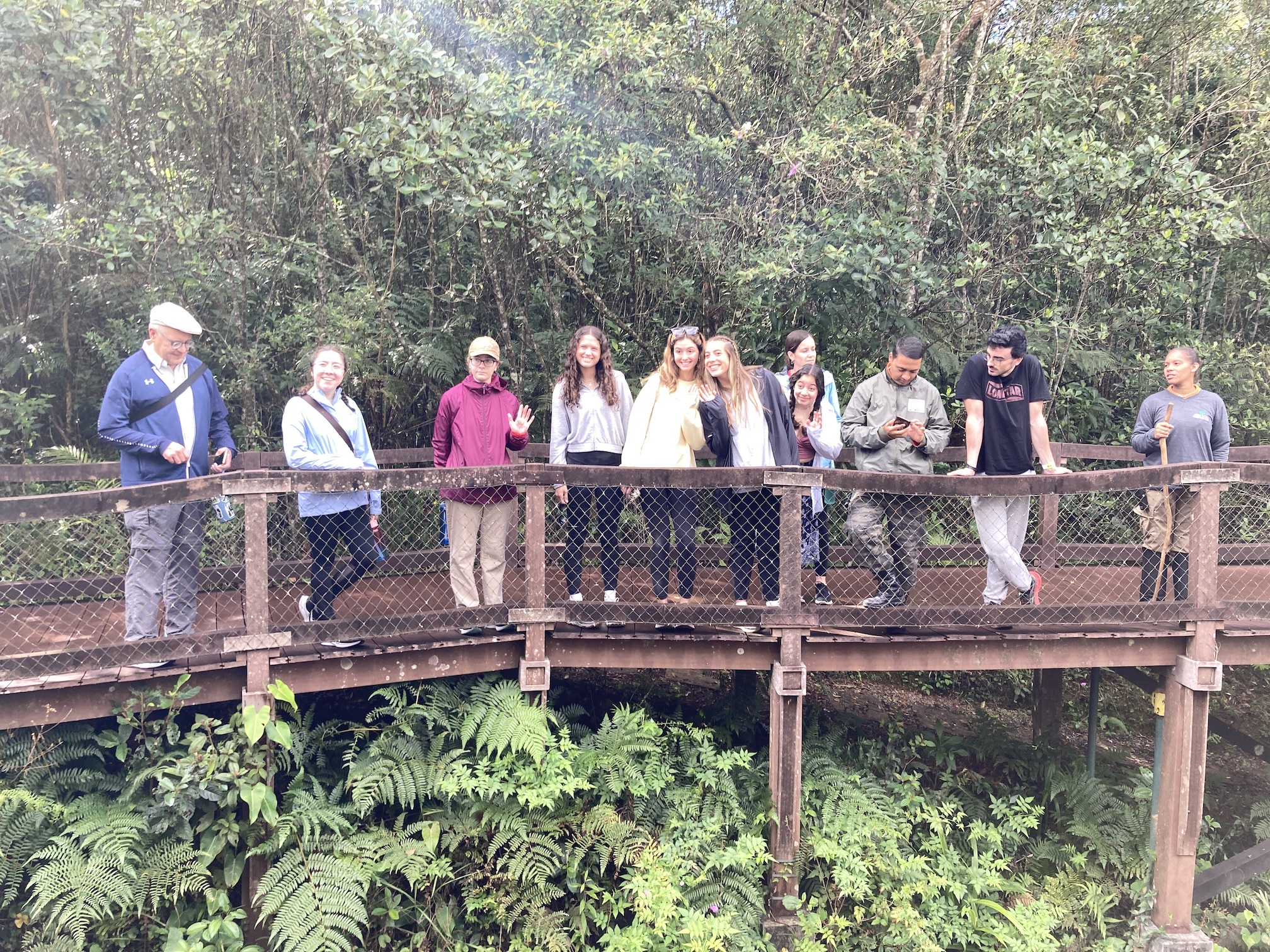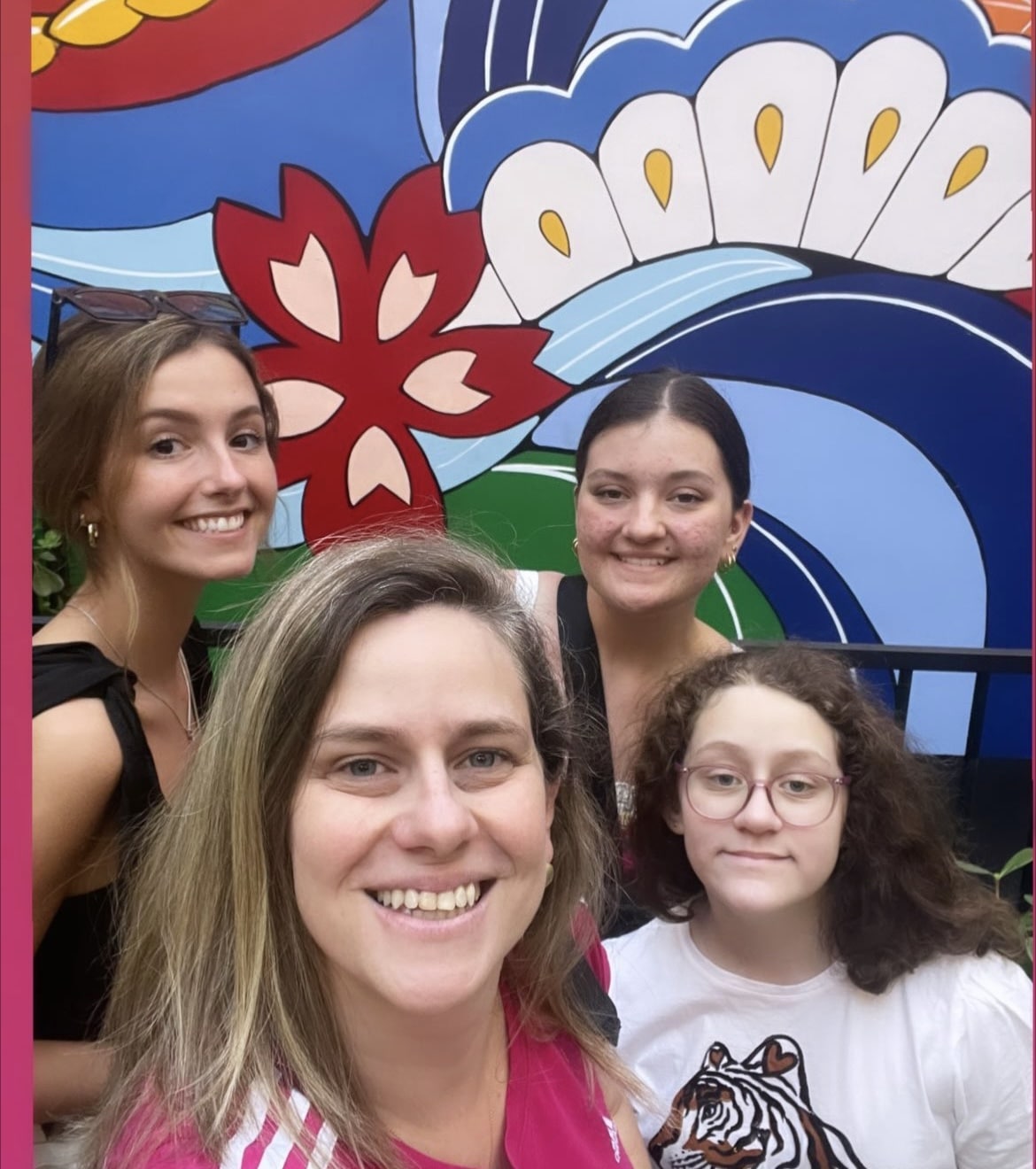To the uninitiated, a fractal is a mathematical term that describes a shape formed when a pattern (typically describable with a set of numbers) is allowed to repeat indefinitely. Most commonly, fractals are seen in spirals like the Fibonacci spiral (derived from the Fibonacci sequence) which is seen in pinecones, pineapples, sunflowers, sea shells, and broccoli sans florets. Nature often mimics fractals because they can be the most efficient distribution of structures, like the seed-bearing inner disk florets of the sunflower. Perfect infinite mathematical fractals are different than mere patterns because the same shape is seen no matter how closely nor how far away you look at it, kind of like Russian Matryoshka dolls.
One place I think I saw a fractal was at the Parque Ecológico Imigrantes. A plant attached to a tree (see below) appeared to be at random angles when viewed up close. But, when viewed from a distance, it seemed to be arranged in a fractal spiral. I’m not sure why fractals show up so much in nature because I don’t study math or biology. But to me, fractals have always represented the beauty that can be found in uncommon places in the world.

Today (Thursday, May 18th), the 2023 Brazil Trip visited Parque Ecológico Imigrantes, a part of the Atlantic Rainforest that is open to tours. I thought it was fascinating and encouraging how the team at the Parque were so sustainable, responsible and accessible with the park. The wood that we walked on wasn’t actually wood at all – it was made of entirely recycled plastic and sawdust, cutting down on waste and increasing longevity. The team is responsible because they work to replenish the rainforest that had been deforested, and they make the park accessible because it is entirely wheelchair-accessible through the use of elevators and cable lifts.

What do the Parque and Brazil have to do with fractals? The Parque is one part of Brazil that is taking stewardship of the world we live in. Fractals are part of the beauty of the world. They may not know it, but Brazilians care for fractals – the little, yet important corners of our world that thread the fabric of the universe.
Yesterday, we visited Natura, the second-largest cosmetic brand in the world, where they are very responsible with their business practice. Not only is all of their business good for the environment, but they are also restoring a part of forest that was once taken over by a non-native eucalyptus plantation. I think that a beautiful part of Brazil is the level of responsibility that Brazilians take to respect each other (through Capoeira, accessibility to the differently abled, and their slightly more collectivist culture) and the world (through their ecological responsibility). Brazilian responsibility is helping me to see the world differently and appreciate the world more deeply.



0 Comments